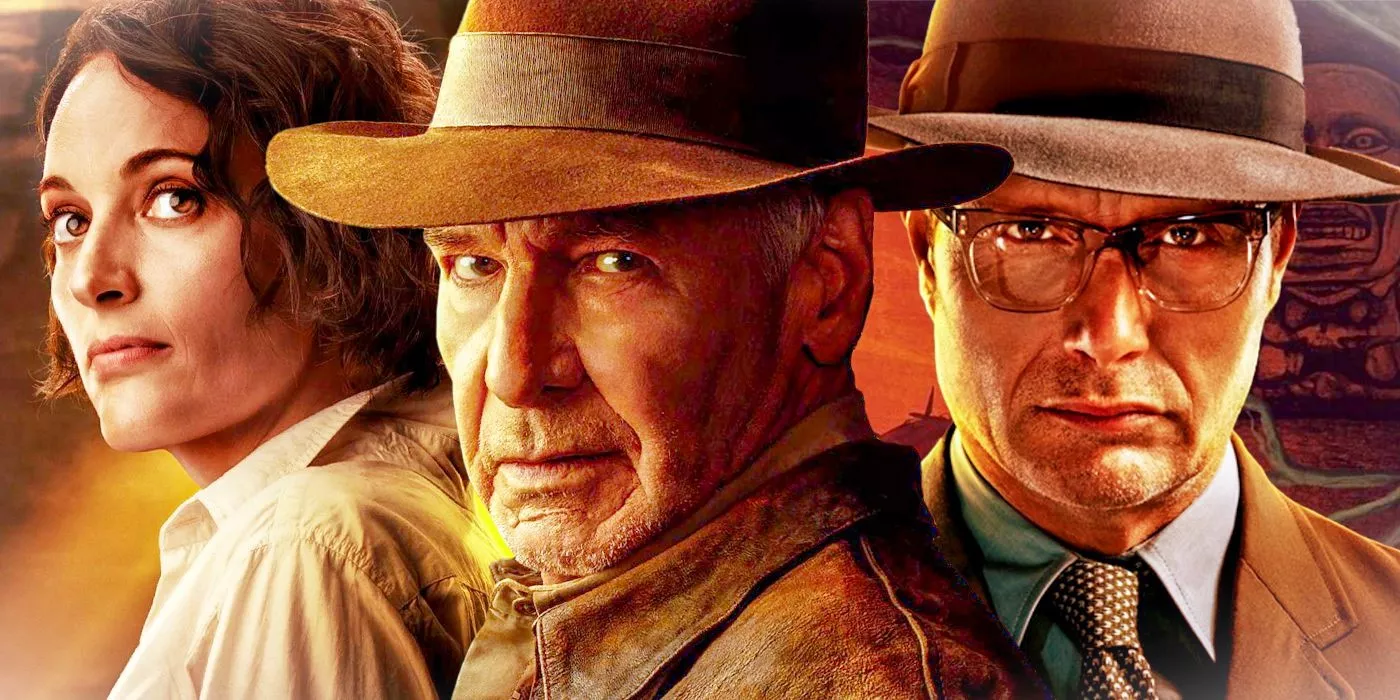Attention: The following text reveals SIGNIFICANT plot details of Indiana Jones and the Dial of Destiny.
The conclusion of Indiana Jones and the Dial of Destiny brings closure to the main character’s journey, as Helena Shaw (played by Phoebe Waller-Bridge), Indy’s goddaughter, transports him from 212 BC to 1969. Directed by James Mangold, the fifth installment of the Indiana Jones series centers around Harrison Ford’s iconic archaeologist as he embarks on a mission to find the Dial of Destiny before it falls into the hands of the Nazis, accompanied by Helena. Their quest for the second half of Archimedes’ dial takes them on a thrilling adventure across New York, Morocco, Greece, and Italy.
Upon reaching Syracuse, Indy, Helena, and Teddy find themselves pursued by Voller’s group of Nazi operatives. They make their way to Archimedes’ tomb, where they make a startling discovery: the mathematician was buried with a modern-day wristwatch. Voller, who has captured Teddy, uses Archimedes’ clock necklace to unlock the two halves of the dial. With the coordinates set, Voller plans to travel through a rift in time to August 20, 1939, in an attempt to assassinate Hitler and rectify past mistakes. However, due to continental drift, they are instead transported to the Siege of Syracuse, where Indy encounters Archimedes himself. Voller meets his demise, and Helena brings Indy back to 1969, where he reunites with Marion and his frien
Indiana Jones’ Historical Redemption
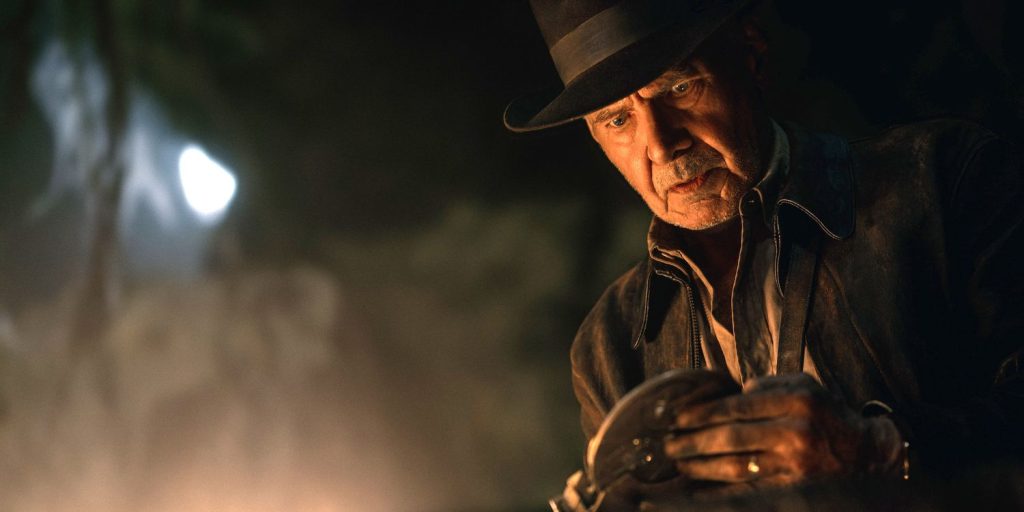
Indiana Jones finds himself transported back in time to the Siege of Syracuse, witnessing the Romans successfully capturing the city and gaining control over Sicily. Surprisingly, it becomes clear that the Dial of Destiny was always intended to send them to that precise moment. Archimedes, the creator of the artifact, had designed it with the purpose of seeking assistance. Despite being wounded, Indy contemplates spending the rest of his days alongside Archimedes. Throughout his life, Indiana Jones has dedicated himself to studying history and embarking on adventures to recover lost artifacts, but staying in the past would provide him with the extraordinary opportunity to actively participate in a significant historical event.
Importantly, Indy feels that he has nothing to return to in 1969. Marion has left him, and the loss of his son in combat has left him desolate. Living a miserable existence, he dreads going back to that state of emptiness. Perhaps he believes he can genuinely assist Archimedes, or, at the very least, finding solace in the knowledge that he would die amidst an event he had extensively researched. This decision would imbue his life with meaning, particularly considering the turmoil in his personal life.
However, Helena recognized that there was still a spark of purpose within her godfather. This pivotal moment brought her a newfound clarity. She deeply desired to be a part of Indy’s life and understood that he had much more to offer in his own era. Moreover, Indiana Jones staying in the past would have drastically altered history, with immeasurable consequences. Indy’s realization that Helena wanted him present in her life filled him with a sense of hope and the belief that he could still make a positive impact on someone’s existence. While she couldn’t replace his lost son, he could certainly become a father-figure to her.
Indiana Jones’ Journey to Reconciliation
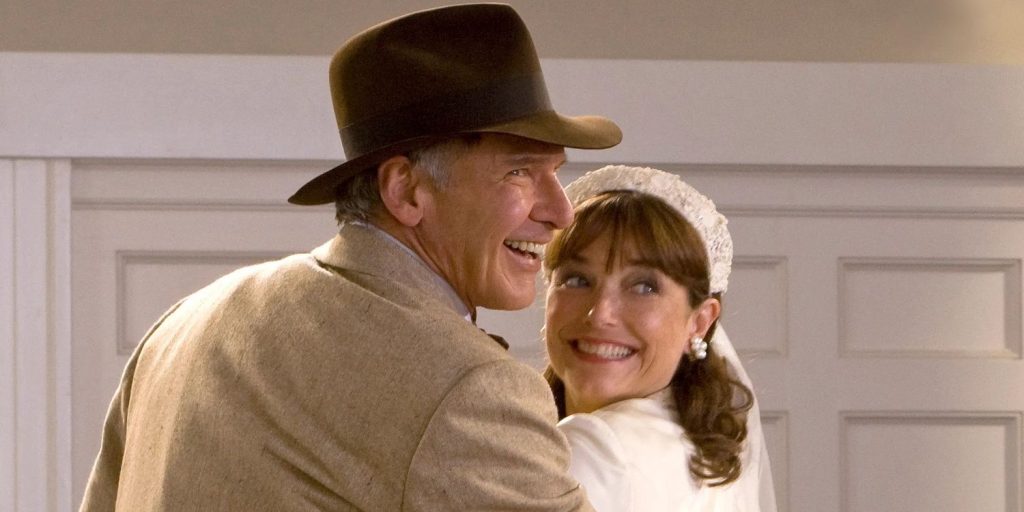
At the outset of Indiana Jones and the Dial of Destiny, it was disclosed that Indy and Marion Ravenwood (played by Karen Allen) were going through a separation. Indiana hesitated to sign the divorce papers, as it was a significant factor contributing to his grumpiness and sadness. The dissolution of their marriage stemmed from the devastating loss of their son. Mutt Williams, portrayed by Shia LaBeouf, had enlisted in the military and tragically perished in action. Indy mentions that he had joined the military to spite his son, which likely created resentment on Marion’s part. The profound grief experienced by Marion and Indy’s struggle to provide solace exacerbated the strain on their relationship, ultimately leading to their breakup.
However, there remained a glimmer of hope. Despite the seeming finality of Indy and Marion’s situation, Marion makes a surprise appearance towards the end of Indiana Jones and the Dial of Destiny. Her response to Helena’s call, likely conveying the events that unfolded, suggests that Marion still harbors feelings for Indy. It is possible that Marion didn’t truly want to divorce Indy but felt it was the only solution at the time. However, the conclusion of Dial of Destiny hints at the start of healing between them. Marion acknowledges that the pain still lingers, but there is a flicker of hope as they commit to taking small steps towards repairing their relationship. It culminates in a happy ending for Indiana Jones after an arduous journey.
Indiana Jones: Confronting Time’s Grip
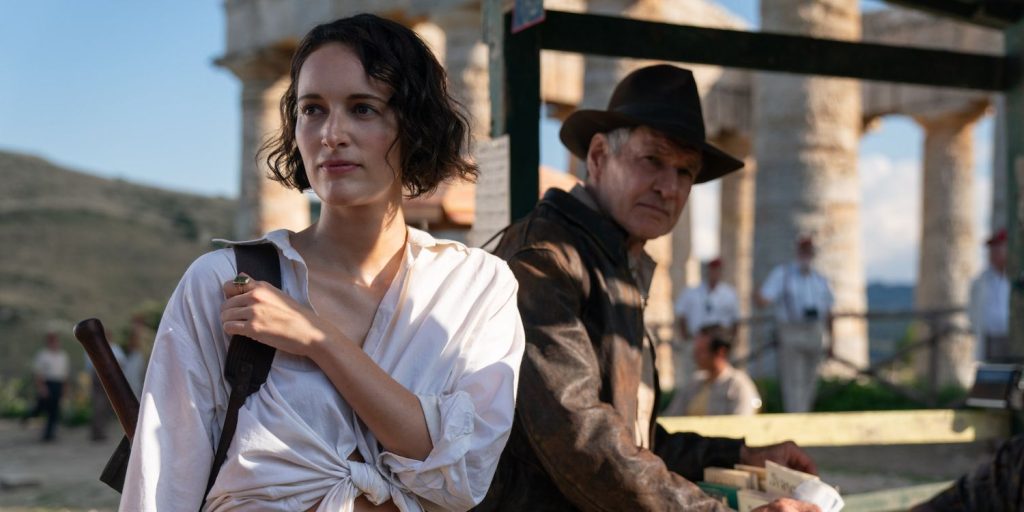
The passage explores the theme of time and its impact on people, places, and emotions. Indiana Jones, the protagonist, has a deep understanding of this concept. In the story “Dial of Destiny,” he confronts the passage of time, both in the present and the past. Aging and burdened by regret, Indy initially believes that his time has run out and that he has nothing left to live for. Time has taught him that the past cannot be altered, and he must come to terms with it instead. This realization becomes crystal clear during Indy’s contemplative moment on the beach of Syracuse. Despite feeling tired and ready to give up, an important aspect of the film’s message emerges: time does not come to a halt.
Indy faces a choice: he can allow the past to consume him or decide to forge ahead, learning from his mistakes and being there for his loved ones. On the other hand, Jürgen Voller, the antagonist, refuses to accept moving forward. He embodies the role of the villain, desiring to manipulate time according to his own will. He believes that by gaining control over time, he can alter it to suit his needs, disregarding the natural flow of events. Voller has yet to come to terms with the defeat of the Nazis and foolishly attempts to defy time instead of accepting their loss. Each character in the story grapples with the concept of time in their own unique way.
Indiana Jones: The End of an Era
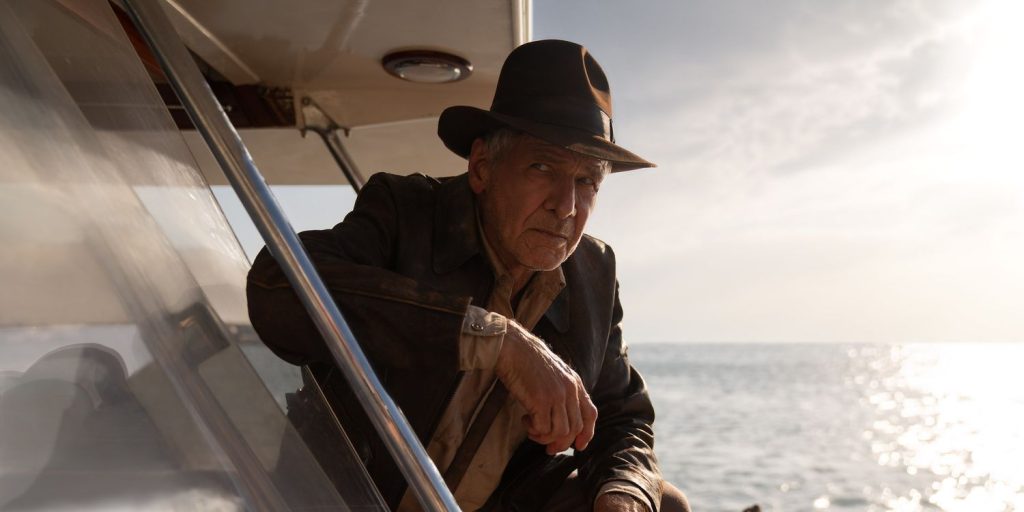
The conclusion of Indiana Jones and the Dial of Destiny marks the end of an era, with the beloved archaeologist retiring from his adventurous lifestyle. Harrison Ford‘s portrayal of the whip-cracking adventurer concludes with this fifth installment in the Indiana Jones franchise. The film’s conclusion suggests that Indiana Jones may retire as a professor and spend his remaining days with his loved ones, including Marion, Helena, Teddy, and Sallah. With an extensive extended family, Indy’s battle with time and his settlement in life implies that he will not embark on any further wild archaeological adventures.
However, just because Indy is stepping down doesn’t mean that Helena can’t take up the mantle of archaeological pursuits. It is likely that Indy will nurture Helena’s passion for discovering ancient artifacts. Initially, Helena’s interest in the Dial of Destiny may have been driven by her desire to pay off her debt, but she also developed a genuine fascination with its historical significance. The artifact held a special place in her heart due to her father’s obsession with it. With Indiana Jones retiring, it creates an opportunity for Helena and Teddy to embrace the next adventure that awaits them. Indy has certainly earned his well-deserved rest.
Regarding the Indiana Jones franchise itself, there were plans to continue the story without Harrison Ford. Ideas for multiple films and a Disney+ prequel to Raiders of the Lost Ark were entertained but were eventually abandoned. Ford’s final portrayal in Indiana Jones and the Dial of Destiny solidifies the conclusion of the franchise for good. The closing shot of the film, featuring Indy’s hat hanging on a clothesline, serves as the official end of the line, leaving the archaeologist’s journey in a fitting place.
